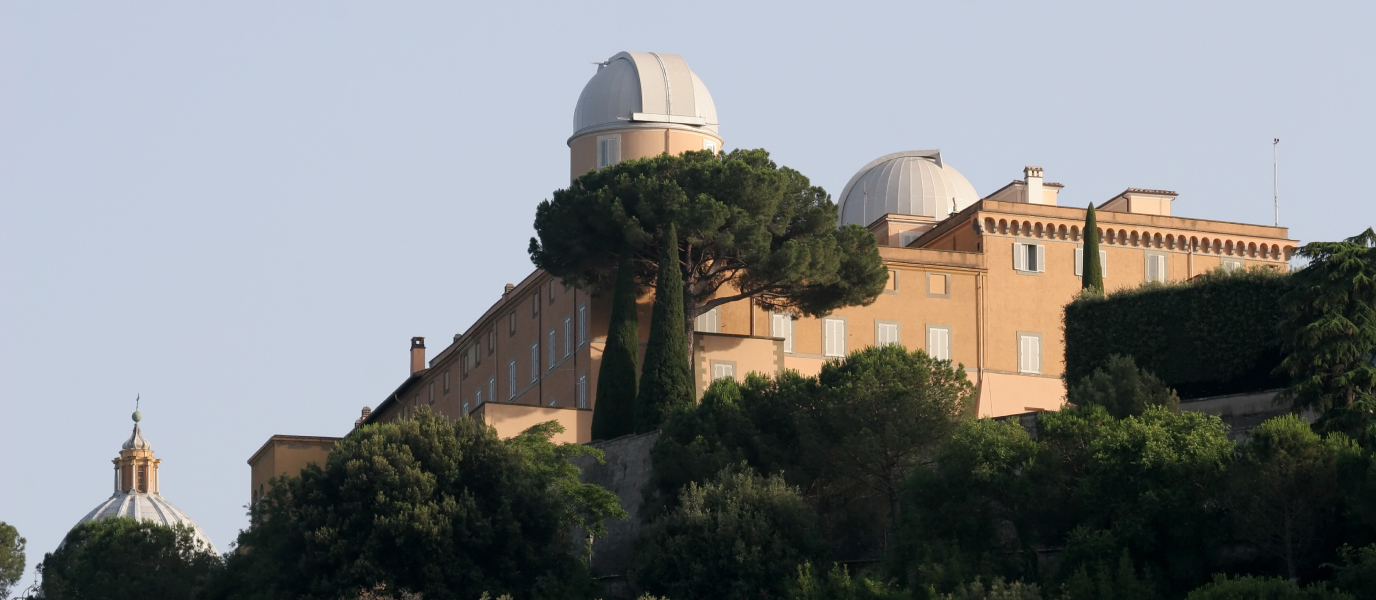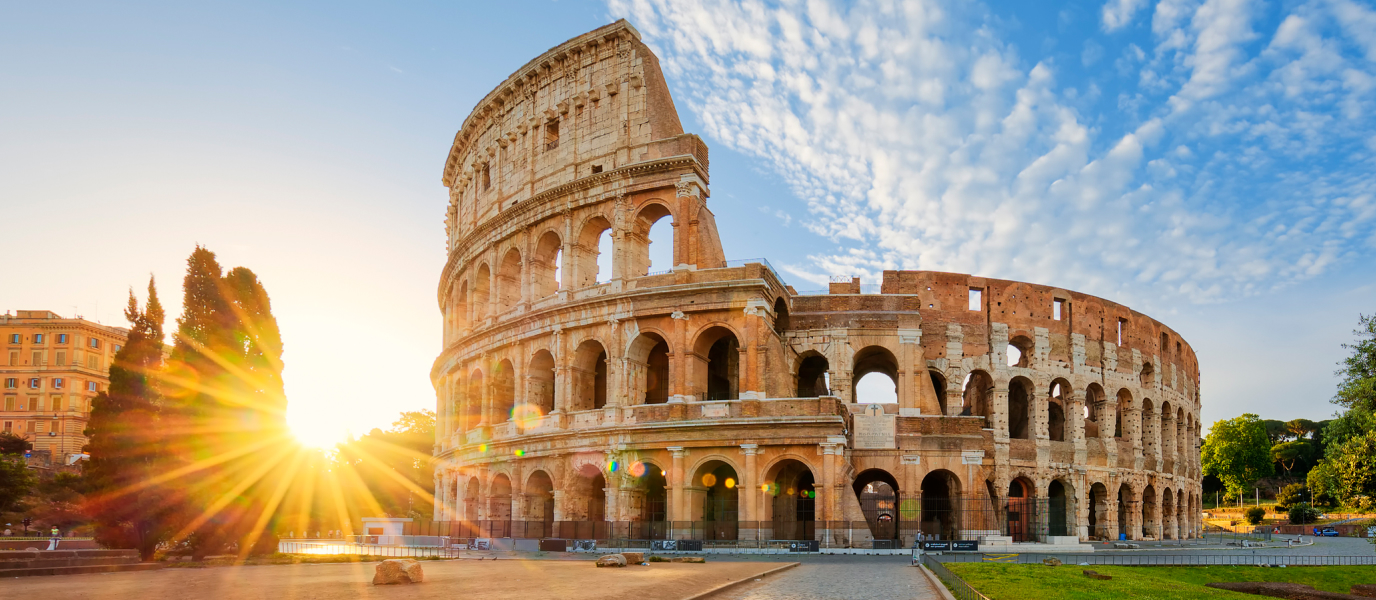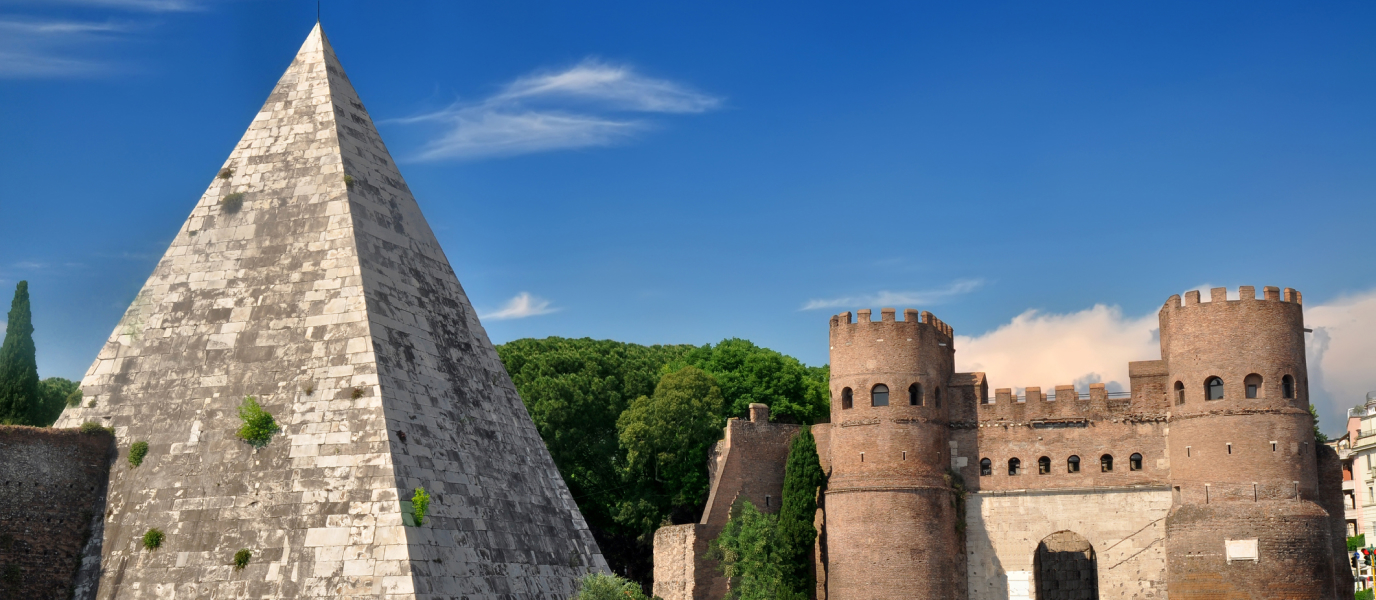Affectionately referred to by Pope John Paul II as ‘Vatican number two’, the papal summer residence of Castel Gandolfo is at once an integral part of Roman history and a great unknown. The palace (a property of the Holy See) was built for Pope Urban VIII between 1624 and 1626 in the town of Castel Gandolfo, a small town in the Italian region of Lazio, just 24 km from Rome.
The Palazzo Apostolico di Castel Gandolfo is part of a 55-hectare complex with Italian gardens and other pontifical buildings such as Villa Barberini and Villa Cybo. Pope Francis decided to open the buildings as a public museum in 2016.
The town of Castel Gandolfo stands alongside Lake Albano (a volcanic crater lake) and, regardless of your motives for visiting, is one of the most beautiful and tranquil spots in all of Italy. Read on to discover more reasons for stopping in at this Italian town.
Palazzo Apostolico di Castel Gandolfo, a long history
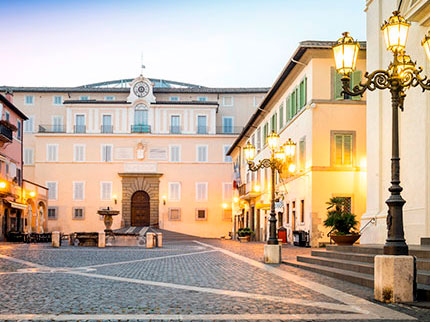
The history of the Apostolic Palace of Castel Gandolfo goes way back. Where the Pontifical Villas now stand used to be the site of the ancient Latin city of Alba Longa, the capital of the Latin League. A hillside in the region later bore Albanum Domitianim, one of the most splendid complexes in Ancient Rome and the summer residence of Emperor Domitian between 81 and 96 AD.
Around the year 1200, following years of abandonment and ruin in the area, the ducal family of Gandolfi ordered that a castle be built on the most western peak relative to Lake Albano. This Castelli Romani would eventually bear the name of its owners and, over time, would confer the same name upon the town. The castle eventually changed hands from the Gandolfis to the Savellis, before coming under the ownership of the Apostolic Camera in 1596.
Pope Urban VIII began a construction programme to turn the run-down castle into the summer residence for future popes. Pope Alexander VII was the first to take up residence in the new palace. Carlo Maderno – the architect behind the facades in St Peter’s Basilica – was entrusted with the design of the palace and by 1626 the building was more or less complete as it stands today. The final design comprising Villa Cybo, Villa Barberini and the gardens was overseen by Pope Pius XI in the early 20th century. This was the same pope who, in 1929, signed the Lateran Treaty alongside Benito Mussolini, granting Vatican City (and therefore the palace in Castel Gandolfo) recognition as an independent state under the sovereignty of the Holy See.
Visiting Castel Gandolfo
The Pontifical Villas of Castel Gandolfo were, for centuries, a relative unknown to the public and hence something of an enigma. It’s now possible to take a self-guided tour around the complex with an audio guide, or to go on a guided tour (entrance prices vary considerably depending on which of these options you choose). You can even visit both Vatican City and the summer residence in just one day if you have the energy. The By train to the Apostolic Palace package (available on Saturdays) will take you on a return trip by special train from Roma San Pietro to Castel Gandolfo.
In front of the palace is a small entrance piazza that was renamed Piazza della Libertà to commemorate the unification of Italy in 1870. After crossing the piazza, you’ll walk through a row of chambers including a courtroom, a special room for the Swiss Guard, the throne room, the consistory room and the Benedetto XIV gallery, all adorned with important art works held by the Catholic Church. Other historical items to look out for are the gestatorial chair used by Pope Pius IX and the BMW that Pope John Paul II used to drive around in.
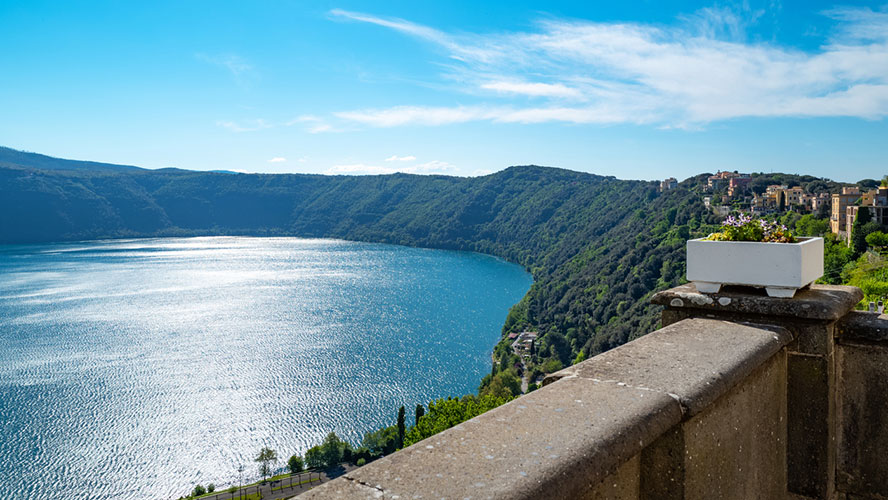
Other places of interest in Castel Gandolfo
The 55-hectare complex of the Pontifical Villas comprises the Apostolic Palace and its colossal gardens designed by Lorenzo Bernini complete with plants, trees and various sculptures, not to mention two convents, a school, a farm and an observatory which was moved here in 1933 from Vatican City.
Both Villa Cybo – the work of the architect and then papal advisor Francesco Fontana – and Villa Barberini – built by Taddeo Barberini, the nephew of Pope Urban VIII, a short time before the Apostolic Palace was constructed – boast impressive Italian gardens. In Villa Barberini you can visit the Antiquarium, a set of seven rooms housing collections that were owned by Emperor Domitian. And in the neighbouring Ninfeo Bergantino or Bagni di Diana, you can admire the ruins of ancient baths dedicated to Diana, the virgin goddess of the hunt and the counterpart to the Greek goddess Artemis.
We’ve saved the best-kept secret of Castel Gandolfo for last…
The Emissario del Lago Albano is an impressive artificial cavern stretching 1,200 metres. It was excavated by the inhabitants of the area in the year 398 BC to drain surplus water that occasionally overflowed from the nearby lake. More than two thousand years later, it still serves its original purpose.
























































